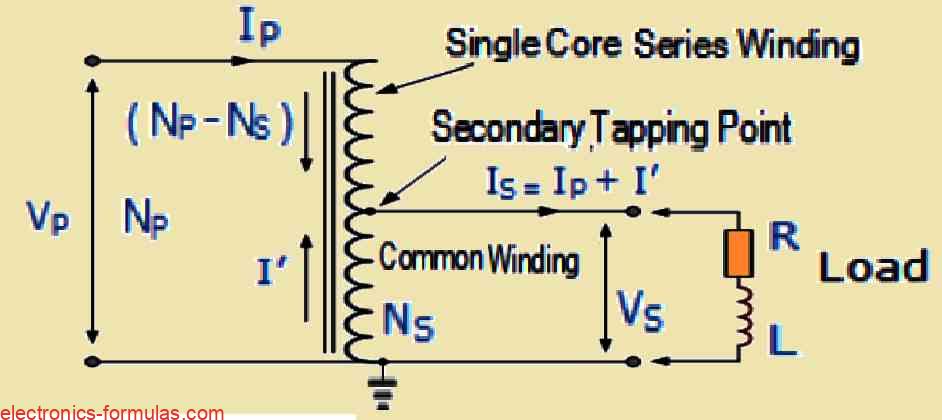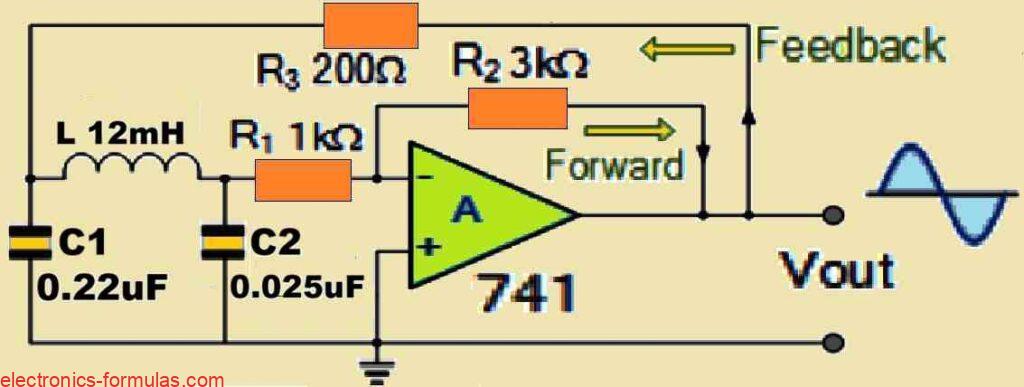An autotransformer is not like the traditional voltage transformer. Normally a voltage transformer has two distinct windings. These windings are called the primary and the secondary. But with an autotransformer things are a bit different because it only has one single winding that actually does the job of both the primary and the secondary. Now […]
Working
Electrical Transformer Working: Explained with Formulas
In this tutorial about transformers I will explain the basics in simple terms. As we know transformers can work without any moving parts inside and it is mainly used to change voltage levels so that we can transfer energy from one circuit to another through electromagnetic induction. We use alternating current (AC) in our homes […]
Colpitts Oscillator Working, Explained with Calculations
Compared to the Hartley oscillator that we looked at in the last lesson, the Colpitts oscillator represents a very different way of designing tuned tank circuits. Similar to the Hartley oscillator which creates a sinusoidal output waveform by implementing an LC resonance sub-circuit between the collector and base of a single-stage transistor (BJT) amplifier, the […]


